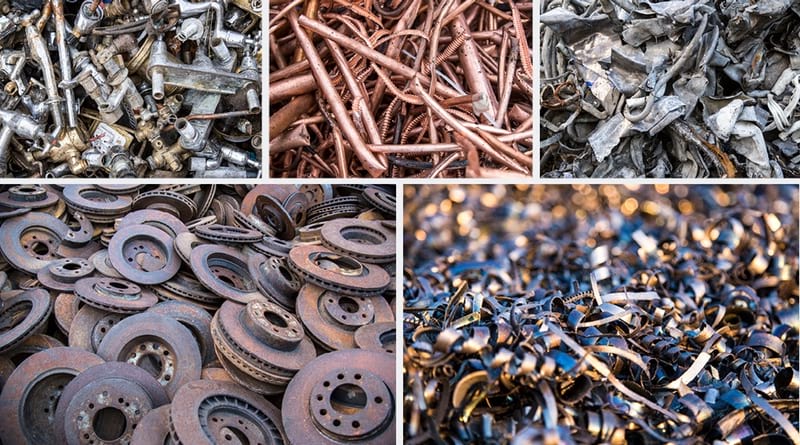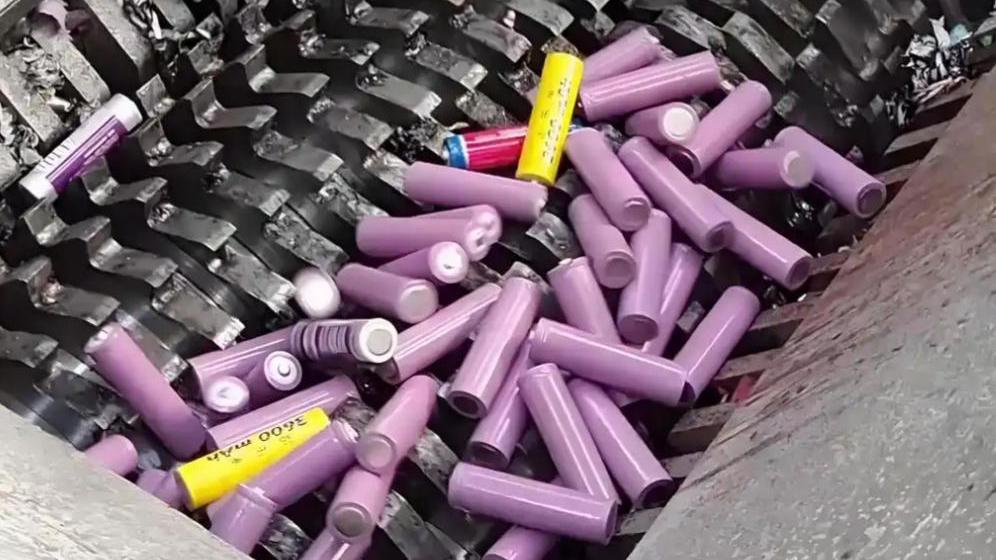1. Define Your Needs: What Are Your Recycling Goals?
Before you choose a tire recycling line, it’s essential to define your specific goals. Are you aiming to process a small or large number of tires? Do you plan to produce rubber granules, steel wire, or fiber from the recycled tires? Different recycling lines serve various functions: some focus on shredding tires into smaller pieces, while others specialize in separating materials for further refinement. Defining your recycling goals is a crucial first step in selecting the right equipment that maximizes efficiency.
Key Considerations:
- The volume of tires you expect to process.
- The type of recycled material you want to produce.
- Whether you need equipment that can handle multiple processes (shredding, separation, granulation).
2. Focus on Equipment Capacity and Efficiency
Once you’ve identified your needs, the next step is evaluating the processing capacity of the recycling line. High-capacity equipment is essential if you’re handling large volumes of tires. By choosing a recycling line that matches your business scale, you’ll optimize your production process, reduce labor costs, and increase profitability.
Efficiency is just as important. A highly efficient tire recycling line should use minimal energy while processing tires quickly. This will help lower your overall operational costs and improve your environmental performance. Look for machines that offer both high throughput and energy-saving features.
Why This Matters:
- High capacity ensures faster processing, reducing backlog.
- Energy-efficient machines lower operating costs, boosting ROI.
- Shorter run times mean less wear and tear on equipment, extending its lifespan.
3. Maximize Environmental Benefits: Meeting Modern Standards
As environmental regulations tighten, it’s crucial that the tire recycling line you choose meets the latest environmental standards. Efficient recycling lines minimize the emission of pollutants such as noise, exhaust gases, and wastewater. Look for equipment with advanced filtration systems and low-noise technology, which can help you meet both local and international environmental regulations.
Maximizing the use of recycled materials is another critical factor. High-quality tire recycling equipment should efficiently separate and recycle all usable materials from the tires, minimizing waste and maximizing resource recovery.
Key Benefits:
- Reduced noise, emissions, and pollution during operation.
- Improved recycling rates, which means more materials can be reused or sold.
- Compliance with stricter environmental laws helps you avoid fines and promotes a green business image.
4. Assess Equipment Quality and After-Sales Support
When choosing a tire recycling line, quality is a top priority. The longevity, durability, and ease of maintenance of the equipment will significantly impact your operating costs and productivity. Choose machines from reputable manufacturers with a proven track record in the market. Consider factors such as the blade’s wear resistance, the stability of the drive system, and the overall build quality of the equipment.
Equally important is after-sales support. Leading manufacturers often provide long-term technical assistance, spare parts, and maintenance services. These services ensure your equipment runs smoothly, minimizing downtime and extending its operational life.
Important Features:
- High-quality materials and durable construction.
- Reliable after-sales support, including spare parts and repairs.
- Long-term warranties that protect your investment.
5. Consider Cost and ROI: Think Long-Term
While initial equipment costs are important, it’s even more crucial to evaluate the return on investment (ROI). Opting for an environmentally friendly, energy-efficient tire recycling line might come with a higher upfront cost, but it can save you money over time through lower energy bills, reduced labor costs, and fewer maintenance issues.
Evaluate the total cost of ownership, including energy consumption, maintenance expenses, and production output. A high-performing recycling line can pay for itself faster by improving your overall operational efficiency and sustainability.
ROI Drivers:
- Long-term energy savings due to efficient power use.
- Lower maintenance costs with durable equipment.
- Increased productivity, leading to higher profits.
6. Embrace Innovative and Smart Technology
In the age of automation, smart technology is playing an increasing role in tire recycling operations. Smart recycling lines can reduce manual intervention, monitor equipment status in real time, and improve operational efficiency through data analysis. Some advanced systems even feature predictive maintenance, which alerts you to potential issues before they cause equipment breakdowns or downtime.
By choosing a recycling line that integrates innovative technology, you can streamline your operations and increase your productivity. Automation, in particular, helps minimize labor costs and reduces human error, ensuring consistent, high-quality output.
Why Smart Technology Matters:
- Automation reduces the need for manual labor.
- Real-time monitoring improves equipment reliability.
- Predictive maintenance lowers the risk of unexpected downtime.
Conclusion
Choosing an efficient tire recycling line goes beyond capacity and performance. It’s about finding a solution that meets your environmental, operational, and cost-efficiency goals. By defining your recycling objectives, assessing equipment efficiency, considering after-sales support, and evaluating ROI, you can make a smart investment that benefits both your business and the environment.
A well-chosen tire recycling line will not only help you excel in the competitive recycling industry but also contribute to sustainability by maximizing resource recovery and minimizing waste. Make the right choice today and set your business on the path to long-term success.



